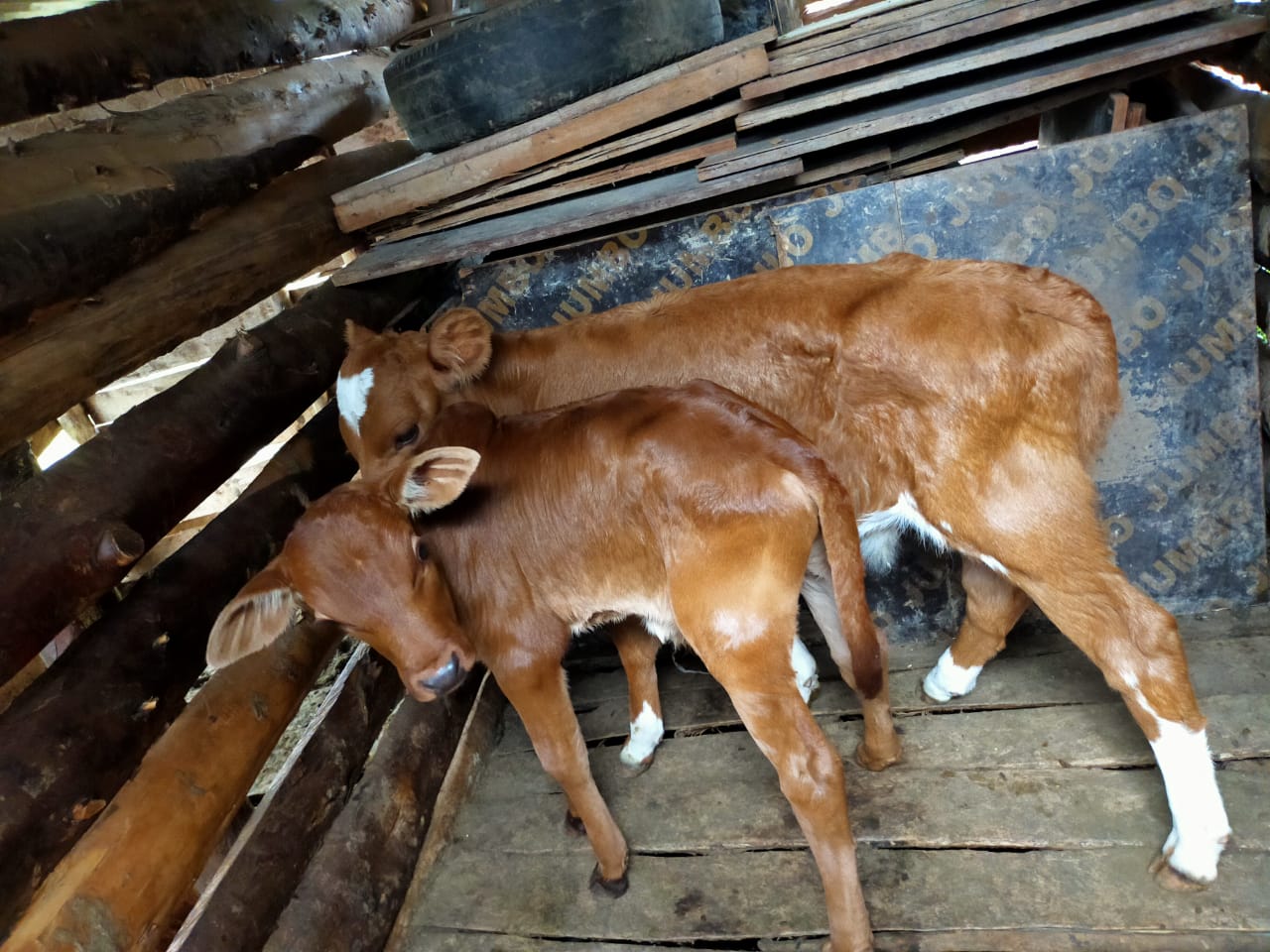Why control of calf pneumonia is a good investment for your farm

Calf pneumonia is one of the most common calf problems in the farm, especially during the cold season as is currently experienced in the country. About 67% of pneumonia cases affect calves less than three months old.
The early months of a calf’s growth affect its lifetime performance. If stunted during this time chances are that the calf may not reach its full performance potential later in life. This means that as a farmer you will be incurring losses right from the beginning of the calf’s life. And you may not remedy the situation by providing compensatory feed.
Pneumonia causes damage to the lungs and calves in this condition do not grow as fast as they should. The more the lung damage the more the impact on the daily live weight gain which may end in the calf stunting. There is therefore a clear connection between respiratory health, poor growth and reduced farm profits.
Causes and symptoms of calf pneumonia
The most common causes are infectious agents which include bacteria, viruses and mycoplasma species. Low environmental temperatures and high humidity are the major predisposing factors. This is aggravated by poor ventilation and direct draughts to calves. The calf loses appetite, appears dull with fever, increases its breathing rate, discharges nasal fluids and coughs. These symptoms are severe in acute cases. In chronic case the symptoms may not be as dramatic, appearing gradually the calf appearing to eat well with slight nasal discharge, occasionally with increased breathing rate and coughing. In severe cases the calves may die if not attended in time.

Treatment and prevention
The condition is treated by use of antibiotics, anthelmintic or anti-inflamatories. However, prevention is the most preferred method. Some of the management practices that are effective in control and prevention of calf pneumonia are:
- Give newborn calves sufficient colostrum (at least 10% of their bodyweight) within the first twelve hours of life, half of which (3 litres) should ideally be given within two hours of birth.
- Calf housing should be well ventilated and kept draught-free with plenty of dry clean bedding.
- Keep young calves away from older cows and make sure no more than 30 animals share the same airspace
- Vaccinate against the common viruses that cause pneumonia in young calves and accompanied by a good management programme.
By taking these simple steps you will have reduced disease risk, and protected the health of your calves. Most importantly, it will have a significant impact on the lifetime productivity of your herd.



